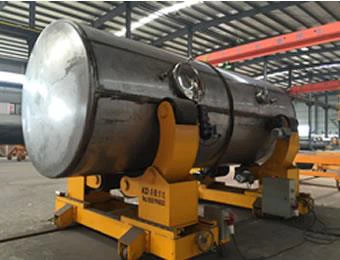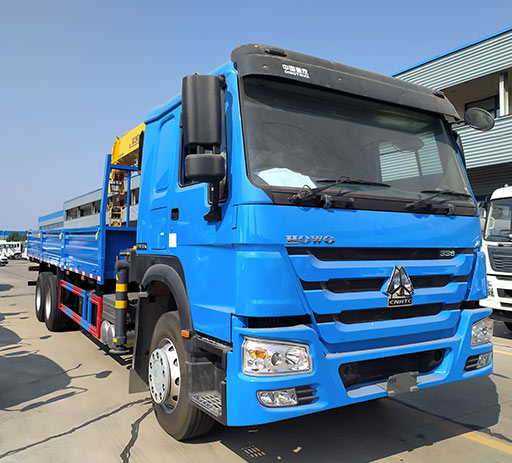The Dark Side of Rooftop Solar: What You Need to Know

Rooftop solar panels have become a symbol of sustainability and energy independence for many homeowners. However, while they offer numerous benefits, there are also significant drawbacks that potential investors should consider. This article delves into the dark side of rooftop solar, exploring various aspects that can impact your decision-making process.

Understanding Rooftop Solar
Rooftop solar refers to photovoltaic (PV) panels installed on the roofs of buildings to convert sunlight into electricity. This renewable energy source is gaining popularity due to its potential to reduce electricity bills, decrease carbon footprints, and increase property values. However, it is essential to understand both the advantages and disadvantages.
How Rooftop Solar Works
Rooftop solar panels work by capturing sunlight and converting it into direct current (DC) electricity. An inverter then transforms this DC electricity into alternating current (AC), which can be used to power household appliances. Excess energy generated can often be stored in batteries or fed back into the grid, sometimes even earning homeowners banked credits or payment for surplus energy.
High Initial Costs
One of the most significant drawbacks of rooftop solar installations is the high upfront cost. Here’s a breakdown of the financial implications:
Installation Expenses
The average cost of installing rooftop solar panels can range from $15,000 to $40,000, depending on the size and type of system. This price includes equipment, installation labor, and possible permits. Homeowners must also consider additional costs such as:
- Roof repairs or modifications
- Panel cleaning and maintenance
- Energy storage solutions
Financing Options
Several financing options are available, including solar loans, leases, and power purchase agreements (PPAs). However, these can add more complexity and long-term financial commitments, which may not be suitable for everyone.
Environmental Impact
While solar energy is often touted as environmentally friendly, the production and disposal of solar panels have consequences that are not always considered.
Manufacturing Concerns
The manufacturing process of solar panels can produce significant greenhouse gas emissions. For example, the extraction of raw materials like silicon and silver can devastate ecosystems, lead to pollution, and contribute to climate change.
End-of-Life Disposal
Solar panels are designed to last 25-30 years, but what happens when they reach the end of their life? Many panels are not recyclable, leading to hazardous waste that can harm the environment. Currently, only about 10% of solar panels are recycled effectively, raising concerns about landfill overflow.
Space and Aesthetic Limitations
Rooftop solar systems depend heavily on available space and the orientation of roofs.
Space Constraints
Not all rooftops have enough space to accommodate solar panels. Factors like roof architecture, shading from trees or other buildings, and maintenance access can limit the effectiveness of a solar installation. In cases where there isn’t enough sunlight exposure, the return on investment may be significantly diminished.
Aesthetic Concerns
Some homeowners may find rooftop solar panels unsightly, which could affect property values and neighborhood aesthetics. This concern may lead to community resistance against solar adoption, especially in historic districts.
Regulatory and Policy Challenges
The solar industry is subject to regulatory frameworks that can significantly affect installation and operation.
Incomplete Regulations
In some regions, local policies may not fully support solar energy initiatives, limiting incentives or causing delays in obtaining necessary permits. Homeowners can find themselves grappling with red tape that makes solar less appealing.
Net Metering Issues
Net metering allows solar panel owners to sell excess energy back to the grid, but rules vary by state and utility. Changes in these regulations can affect financial benefits, creating uncertainty for homeowners. In some regions, net metering credits have been reduced, diminishing the financial attractiveness of rooftop solar.
Maintenance and Operational Challenges
Like any other home system, solar panels require maintenance to operate at peak efficiency.
Regular Maintenance Requirements
Although solar panels generally require minimal maintenance, they should be cleaned regularly to ensure optimal performance. Accumulation of dirt, leaves, and other debris can significantly impact energy output. Homeowners must either invest time or money into regular maintenance, which can add to the overall cost of ownership.
Potential Damage and Repairs
Rooftop solar panels can be vulnerable to damage from severe weather conditions, such as hail or windstorms. Repair costs can escalate, particularly if damage impacts both the solar panel and the roof underneath. Regular inspections and proper installation practices can help mitigate these risks.
Energy Storage Limitations

Energy storage systems, such as batteries, are often seen as a way to maximize the benefits of solar energy. However, they come with their own challenges.
High Costs of Battery Systems
Battery storage systems can be expensive, often costing between $7,000 and $15,000. This upfront investment can add to the overall financial burden of a solar installation. Furthermore, the lifespan of batteries is generally shorter than that of solar panels, necessitating future replacements.
Limited Efficiency
Even the best battery systems have limited efficiency. Not all energy stored can be utilized, meaning homeowners may still rely on the grid during peak usage times, which can be counterproductive.
Liability and Legal Concerns
Installing rooftop solar panels can introduce potential legal liabilities.
Insurance Issues
Some insurers may charge higher premiums for homes with solar installations due to perceived risks. In contrast, some might offer discounts. Homeowners need to communicate with their insurance agents to understand coverage before installing solar panels.
Homeowner Association (HOA) Restrictions
In neighborhoods governed by HOAs, specific guidelines may restrict the installation of solar panels. Homeowners need to thoroughly review their HOA agreements to avoid potential fines or legal issues.
Loss of Access to Government Incentives

Government incentives designed to encourage renewable energy adoption can fluctuate over time.
Understanding Tax Credits
The Federal Investment Tax Credit (ITC) allows homeowners to deduct a percentage of the cost of installing a solar energy system from their federal taxes. However, this percentage is set to decrease in the coming years, making now the perfect time for potential solar investors to act.
State Incentives and Rebates
In addition to federal credits, many states offer rebates or incentives that can make solar more appealing. Changes in these programs can significantly impact the financial viability of installation, with potential reductions leading to increased payback periods.
Conclusion
Evaluating Your Options
Before jumping into a rooftop solar investment, homeowners must weigh the potential benefits against the challenges outlined in this article. It’s crucial to conduct thorough research, consult with financial and energy professionals, and, when possible, visit installations to evaluate performance.
FAQs about the Dark Side of Rooftop Solar
1. Is rooftop solar worth the investment?
The worthiness of rooftop solar depends on individual circumstances, including financial capacity, location, and energy needs. Conducting a cost-benefit analysis can help determine if it’s a good investment for you.
2. Do solar panels require a lot of maintenance?
Generally, solar panels need minimal maintenance, but regular cleaning and inspections are recommended to ensure optimal performance. This can involve additional costs.
3. Can I install solar panels on a rental property?
Installing solar panels on a rental property can be challenging, as it requires landlord approval. Consult your lease agreement and communicate with your landlord before considering installation.
4. How do I choose the right solar installer?
Researching local solar installation companies and reading customer reviews are essential steps in selecting the right installer. Make sure to verify their licenses, insurance, and warranties offered for the systems they install.
5. What happens if I move or sell my home?
Solar panels can add value to your home, making it more attractive to buyers. Additionally, transferable leases or warranties can facilitate the transfer of benefits to new homeowners.
6. Are there any hidden costs associated with solar installation?
Yes, potential hidden costs can include site assessments, structural modifications, and maintenance. Understanding all potential costs upfront will help you make a more informed decision.
